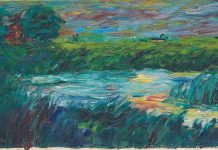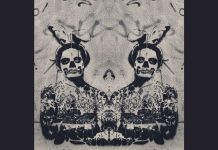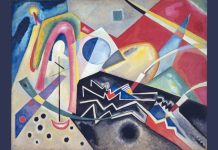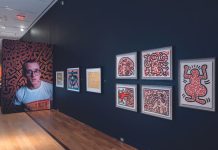From the Roman School with the famous paintings of women blessed by maternity to the iconic canvases of the lagoon and the Venetian palaces, Virgilio Guidi was one of the protagonists of the Twentieth century. Praise to the prestigious institution of Bevilacqua La Masa Foundation that devotes its first retrospective after his departure as far back as in 1984.
With 220 works, this is probably the most comprehensive, intense, and spectacular anthology which reconstructs the entire career of the Master of Spatialism in Piazza S. Marco and Palazzetto Tito and Ca’ d’Oro where a thirty-some “Venices” from Alberto Sonino’s collection are shown alongside the masterpieces of artists like Canaletto, Tiepolo, and Bellini. In San Marco’s Rooms, there are also sixty works exhibited from the Tenths and Twenties of the last century; sculptures of the Thirties and Forties, and paintings of post-war Venetian spatialism.

In Palazzetto Tito, there are paintings from the last 25 years of Guidi’s activity. Born in 1891, he became one of the protagonists of the Roman School, with its metaphysical style and magic realism. He was fascinated by the Renaissance and the light which features in all his paintings of Venice where he moved at the end of the Twenties and took the place of Ettore Tito’s tenure in painting at the Academy.
“He captured the light to give us Venice back,” commented art historian Giovanni Granzotto, exhibition curator with Stefano Cecchetto and Dino Marangon. The purpose of this great retrospective is to go deep into “how Guidi, father, and inspirer of generations of Venetian artists, changed the idea of landscape and Venice,” Granzotto highlights in the catalogue. “On top of that, how he was able to include the renaissance light with Venice’s – itself a synthesis of ideal and physical light.”



















